Your Cart is Empty
SHOP KNIVES

Flipping Frenzy - 7 Hottest Techniques and Tricks for Mastering the Flip Knife
February 04, 2024 4 min read
Mastering the flip knife is both an art and a skill, captivating many with its blend of precision and flair. This guide is your first step into a world where every knife flick, twist, and turn is a blend of mastery and control.
Whether you're a beginner aiming to learn the basics or an enthusiast seeking to refine your technique, you'll find valuable insights and tricks in this blog. Embrace the challenge, and let's embark on an exciting journey to unlock the secret tricks and techniques of the flip knife!
What is a Flip Knife?
A flipper knife is a folding knife with a protruding tab or lever, commonly known as a "flipper," on the blade. This flipper acts as a finger guard when the knife is open and serves as an easy-to-use opening mechanism when the knife is closed.
To open a flipper knife, you typically apply pressure to the flipper with your index finger or thumb. This pressure creates leverage, causing the blade to pivot and lock into place. Many flipper knives have a ball-bearing system or other smooth mechanisms to ensure a quick and effortless opening.
The design of flipper knives focuses on safe, one-handed operation, making them popular for everyday carry (EDC). When the blade is closed, the flipper is positioned on the spine of the knife handle, making it comfortable and intuitive to use.
Additionally, when the knife is open, the flipper tab often acts as a finger guard, providing extra safety and control during use. Flipper knives come in various styles, blade shapes, and sizes, catering to multiple uses and personal preferences.
Using a Flip Knife - The Basic Techniques
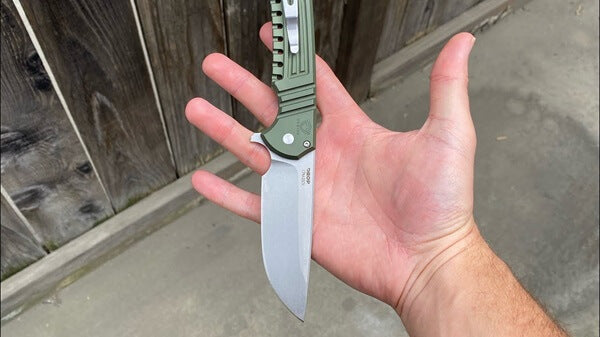
Using a flip knife, such as the Flip Knife Doppler or Flip Knife Gamma Doppler, requires mastery of fundamental techniques for safe and effective handling. For example:
- Thumb Flick: Place the padded first joint of your thumb on the flipper tab and press firmly to swing the blade out quickly. This technique is ideal for beginners due to its simplicity and effectiveness.
- Thumb Roll: Use the knuckle of your thumb to gently roll back on the flipper. This method is more controlled and allows for a smoother blade deployment.
- Forefinger Flick: For more advanced users, a quick flick of the forefinger on the flipper tab will deploy the blade swiftly. This technique requires practice but results in a fast and efficient opening.
What are the Advanced Techniques and Tricks to Open a Flip Knife?
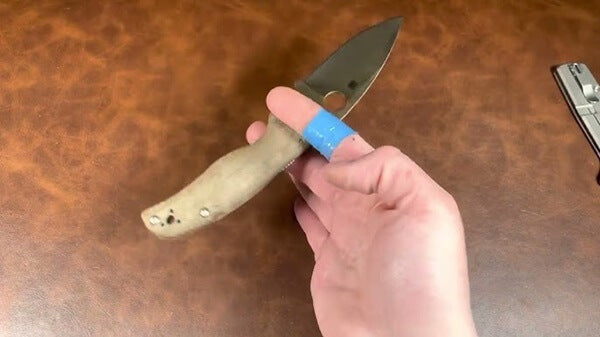
Advanced techniques in using a flip knife involve more intricate and skillful maneuvers that require practice and precision. These methods not only enhance the knife's functionality but also add flair and expertise to its use.
1. Aerial Flip
The Aerial Flip is a daring and visually impressive technique. It involves tossing the knife and allowing it to flip before catching it. Precision and timing are crucial.
The user flips the knife open by flicking their wrist, then releases it into the air. The knife completes a full rotation (or more, depending on skill level) before being caught by the handle. This technique is high-risk and requires a lot of practice to master safely.
2. Behind-the-Back Flip
The Behind-the-Back Flip is a showy, advanced maneuver that involves flipping the knife open or closed behind one's back. The user transfers the knife to a reverse grip, swings their arm behind the back, and uses a combination of wrist motion and finger manipulation to open or close the knife.
This technique requires skill, strong spatial awareness, and knife movement control. It's more about flair and should be practiced with extreme caution.
3. Reverse Grip Opening
This technique involves holding the knife in a reverse grip (blade pointing down) and using the thumb to deploy the blade. It requires precise thumb placement and control for smooth operation.
4. Index Finger Opening
Similar to the forefinger flick in basic techniques but executed with more speed and fluidity. The index finger quickly engages the flipper tab for rapid deployment, often used in tactical situations.
5. Wrist Flick Opening
This method combines the thumb flick with a simultaneous wrist motion. The thumb starts the blade's movement while a sharp wrist flick fully extends it. This technique requires coordination and practice for smooth execution.
6. Momentum Flip
A more flashy technique where the knife is opened using the momentum generated by a downward arm motion. The flipper tab is lightly pressed as the arm moves downward, allowing gravity and motion to open the blade.
7. Two-Handed Techniques
These involve using the other hand to assist in opening or closing the knife, often used for intricate tasks or requiring more control.
Please note that the aerial flip and behind-the-back flip are advanced techniques more about exhibition than practical use. They should be attempted only after mastering basic and intermediate techniques and ideally under the guidance of an experienced practitioner to ensure safety.
Safety Measures
Knife flipping is thrilling and visually impressive, but it's crucial always to keep safety as the top priority. Consider the following essential safety measures:
- Practice knife flipping in a safe, isolated area, avoiding proximity to others and valuable items.
- Regularly check the knife's condition, ensuring a firm handle and a well-maintained blade.
- Refrain from attempting complex maneuvers until basic skills are fully mastered.
- Use safety equipment like cut-resistant gloves to reduce the chance of injuries.
Conclusion
Gaining proficiency in knife flipping is a journey that demands commitment, consistent practice, and a thorough grasp of various techniques. Beginners should begin with foundational skills, steadily advancing to complex maneuvers while always keeping safety at the forefront.
It's important to remember that perfection comes with practice. Continuously refining your abilities and experimenting with novel tricks will broaden your skill set and enhance your expertise in knife flipping.
Subscribe
Sign up to get the latest on sales, new releases and more …

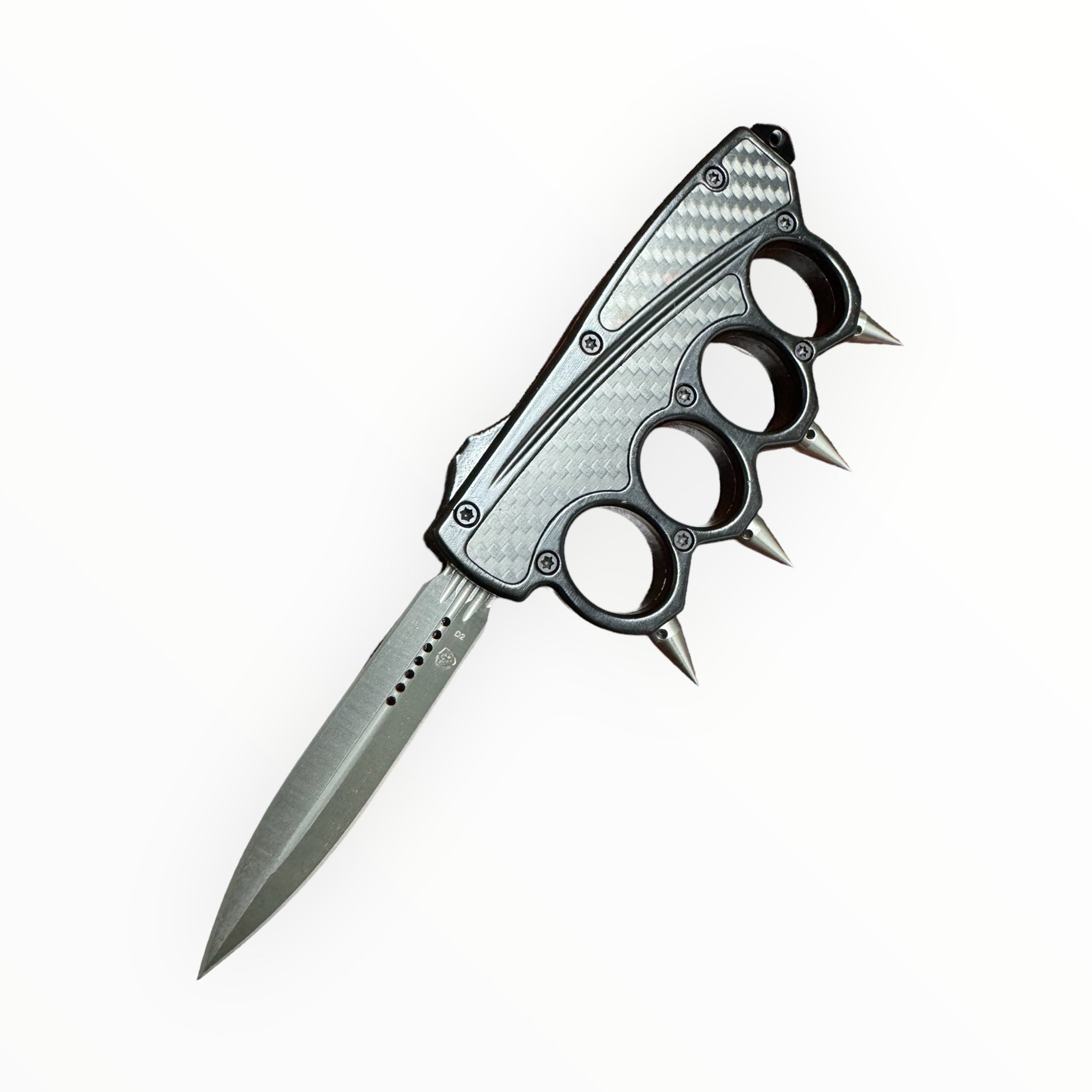 B/Knuckles
B/Knuckles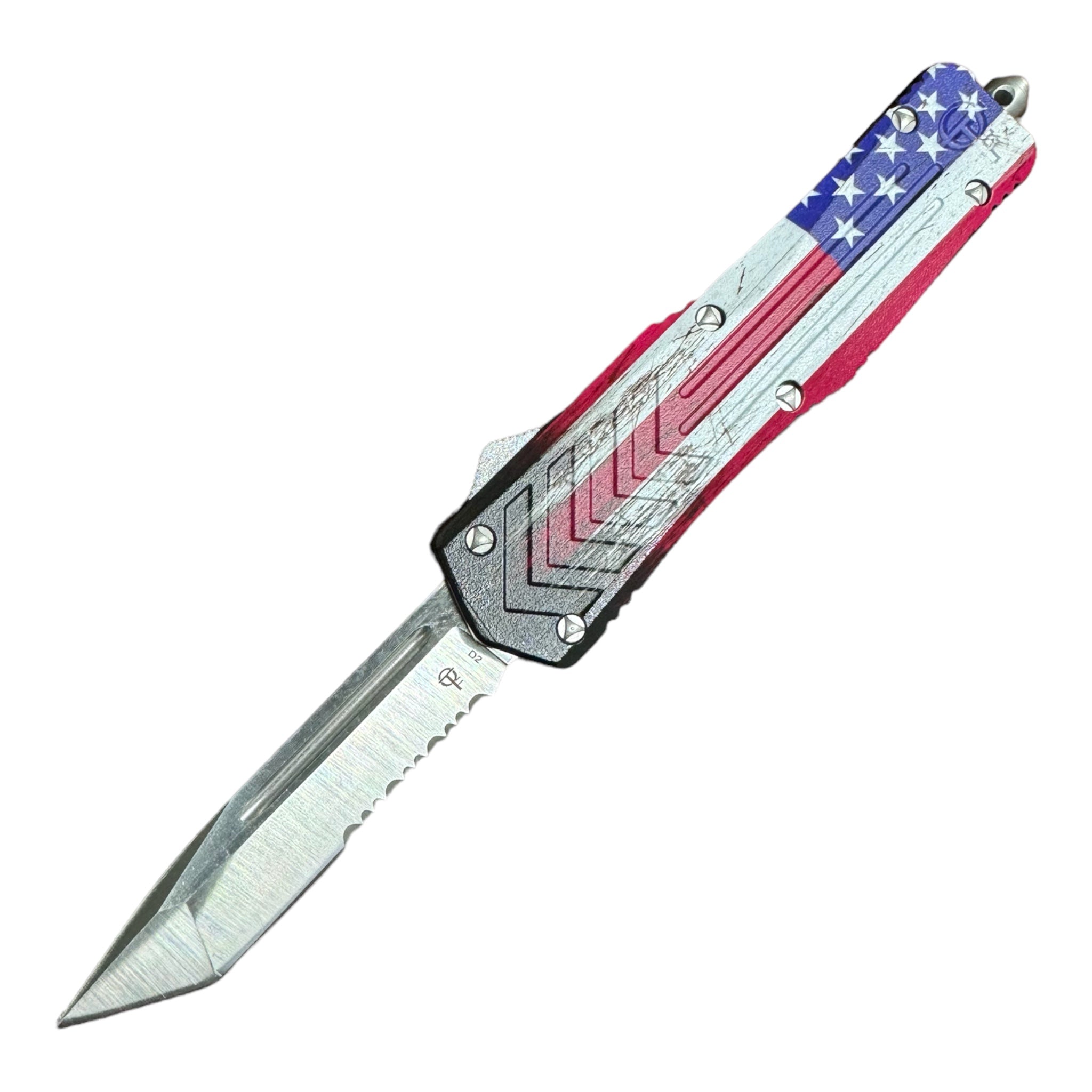 Custom Ranger
Custom Ranger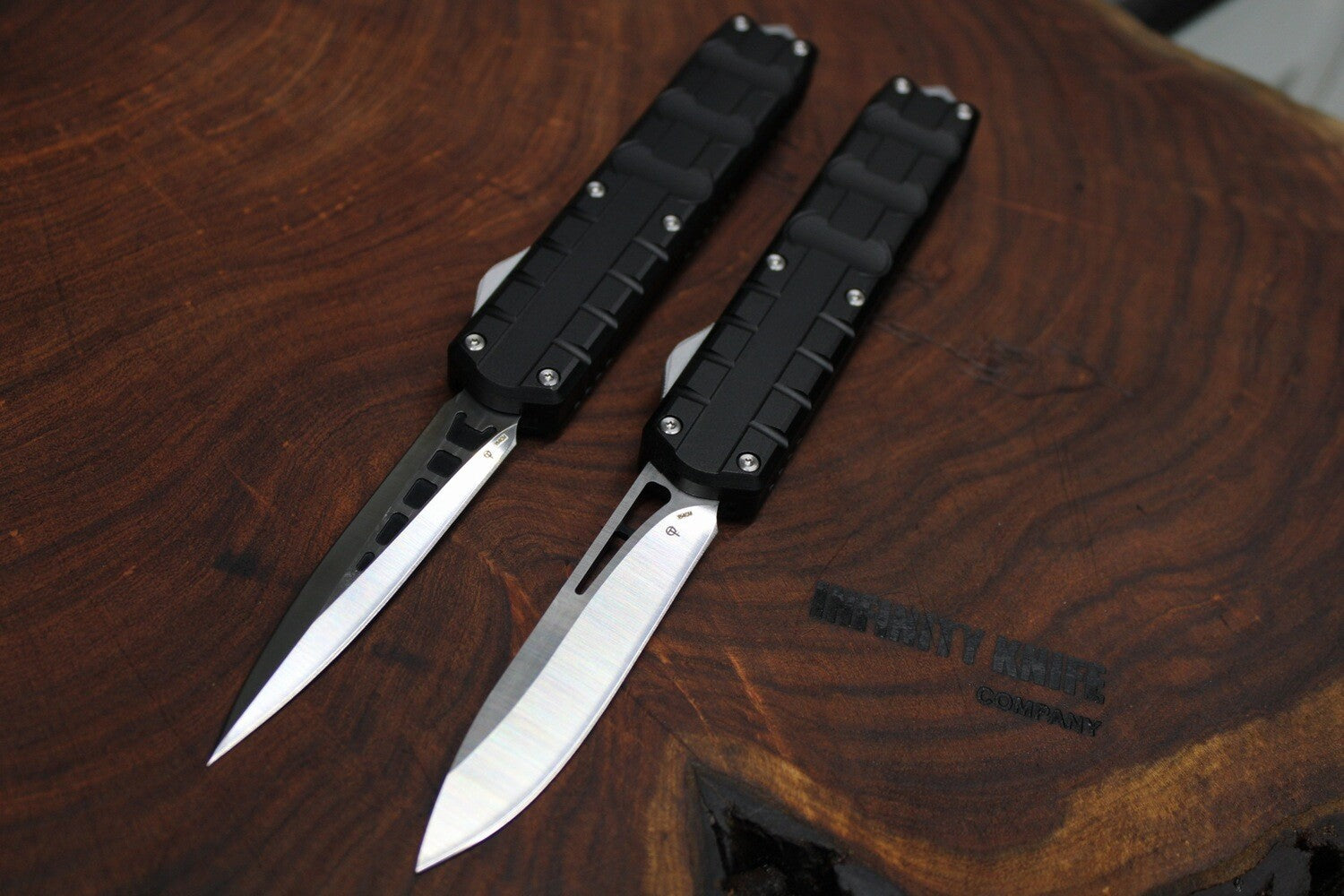 DESERT STORM
DESERT STORM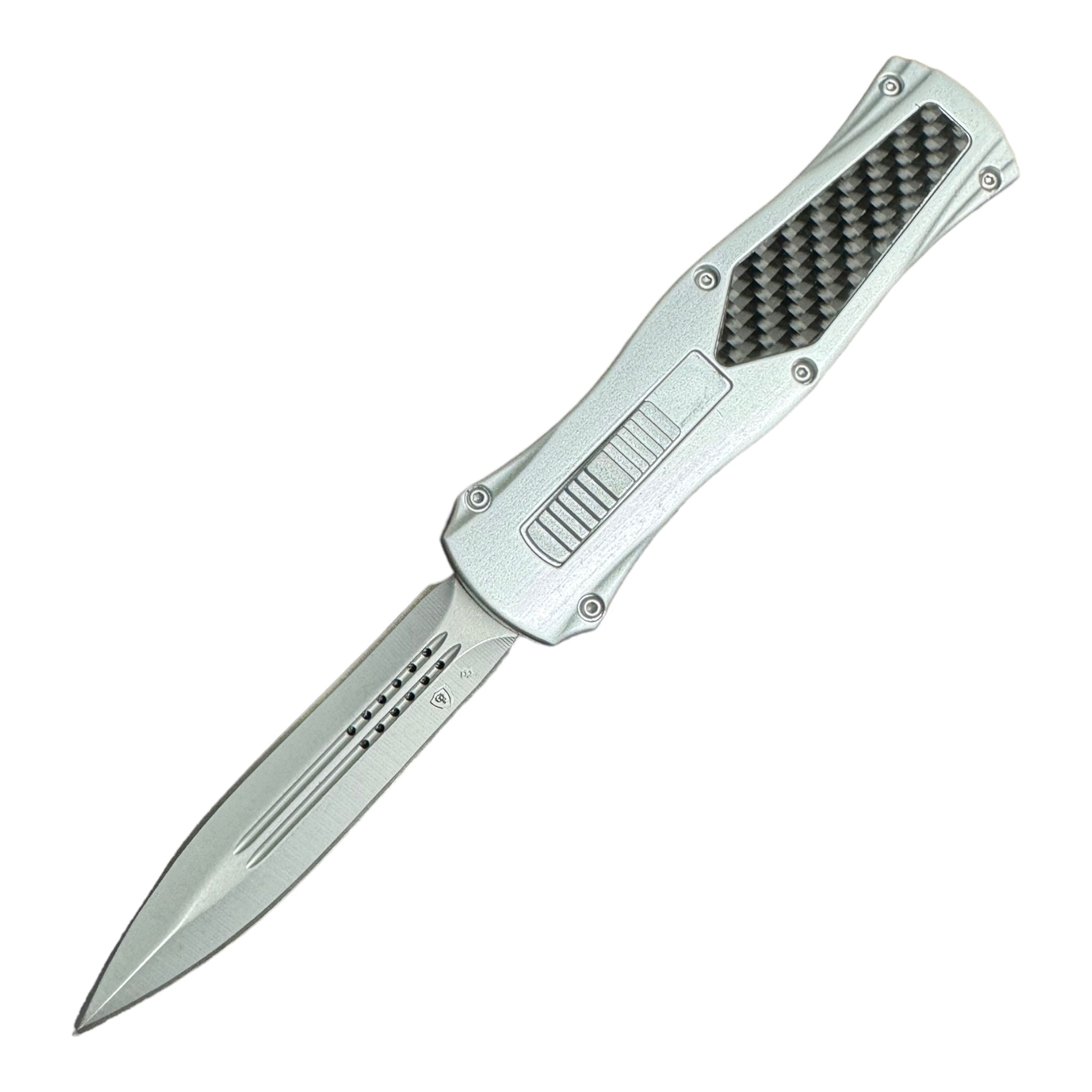 EXCALIBUR
EXCALIBUR First Responders
First Responders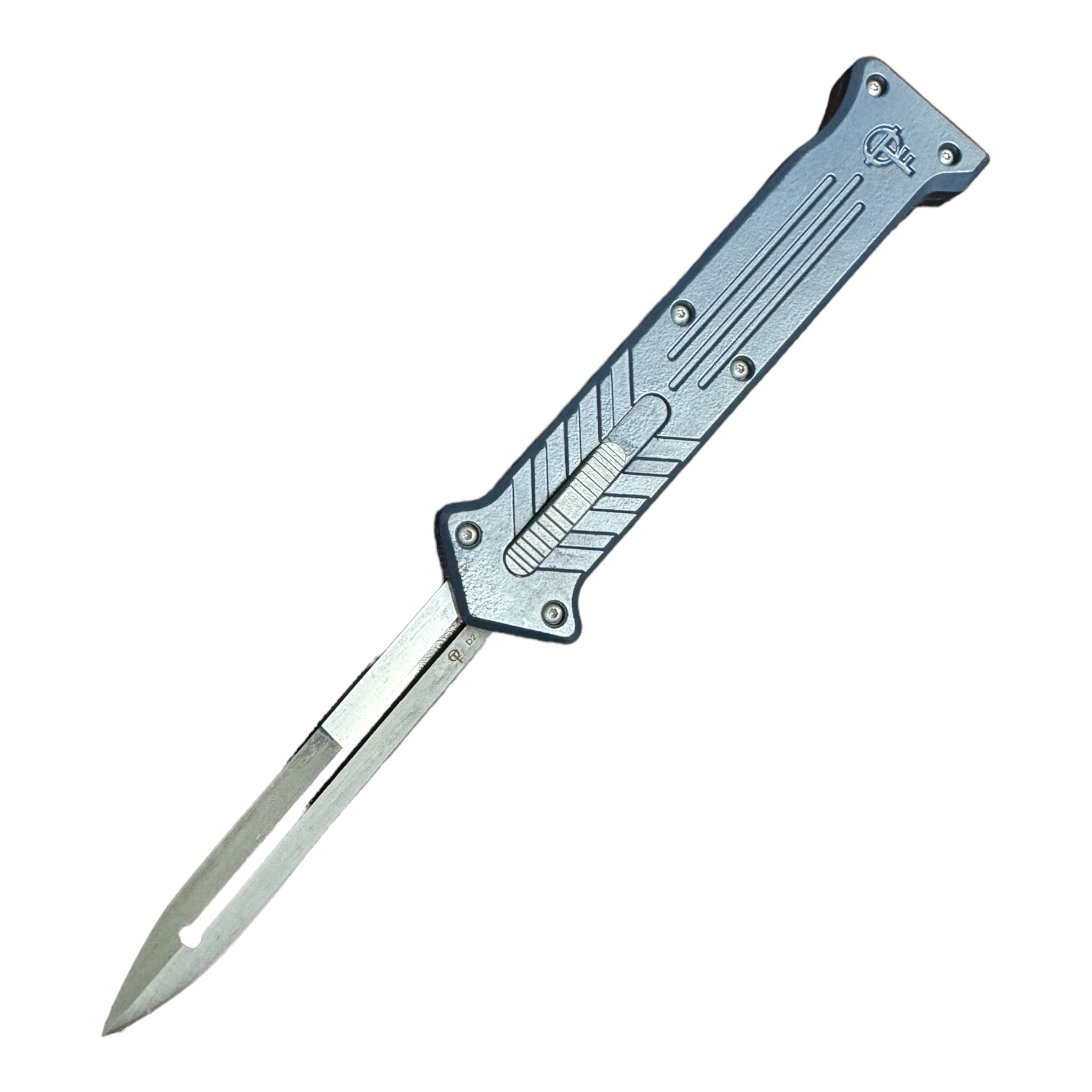 THE JOKER
THE JOKER CLASSIC
CLASSIC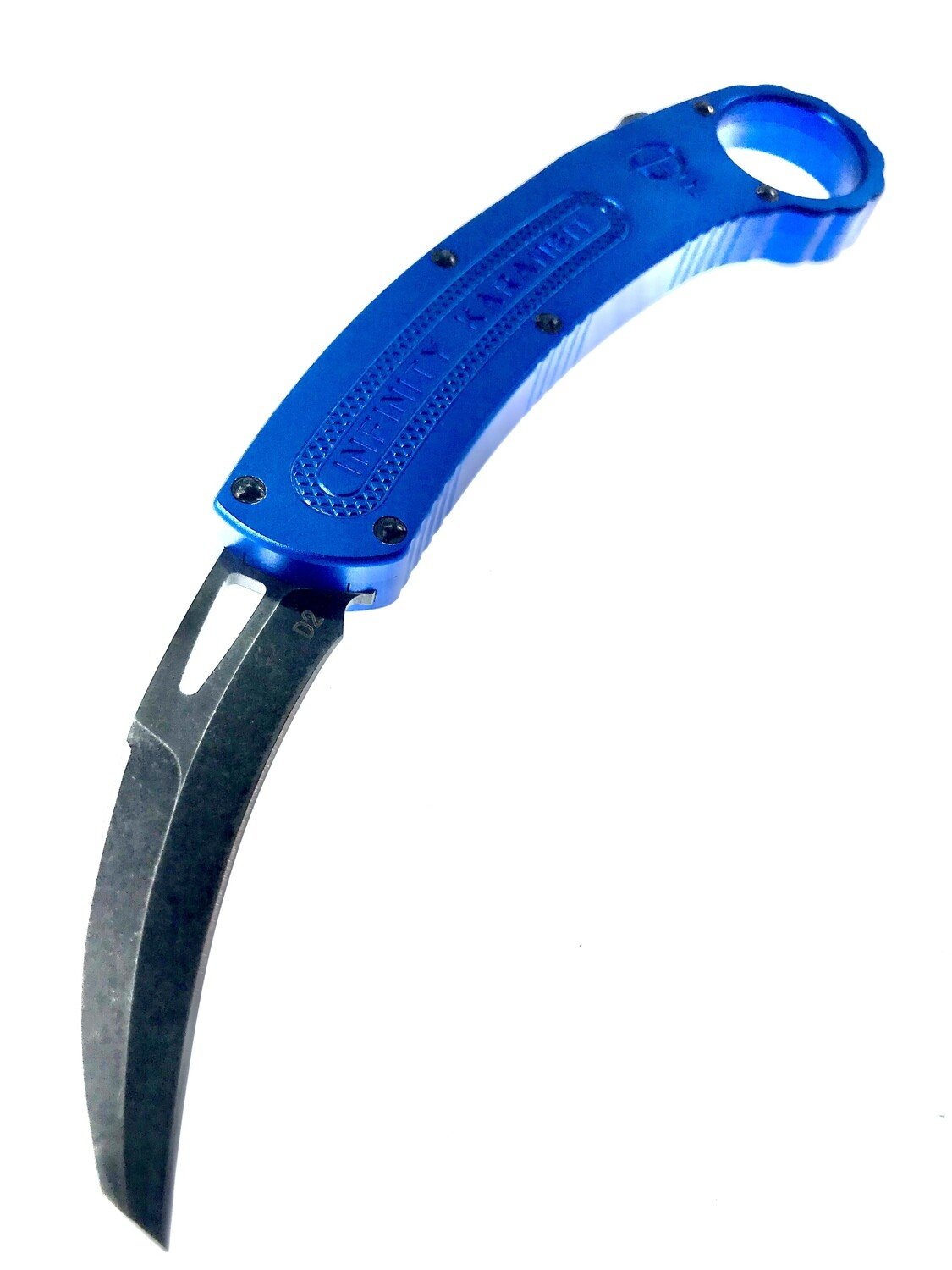 KARAMBIT
KARAMBIT HEXIGON
HEXIGON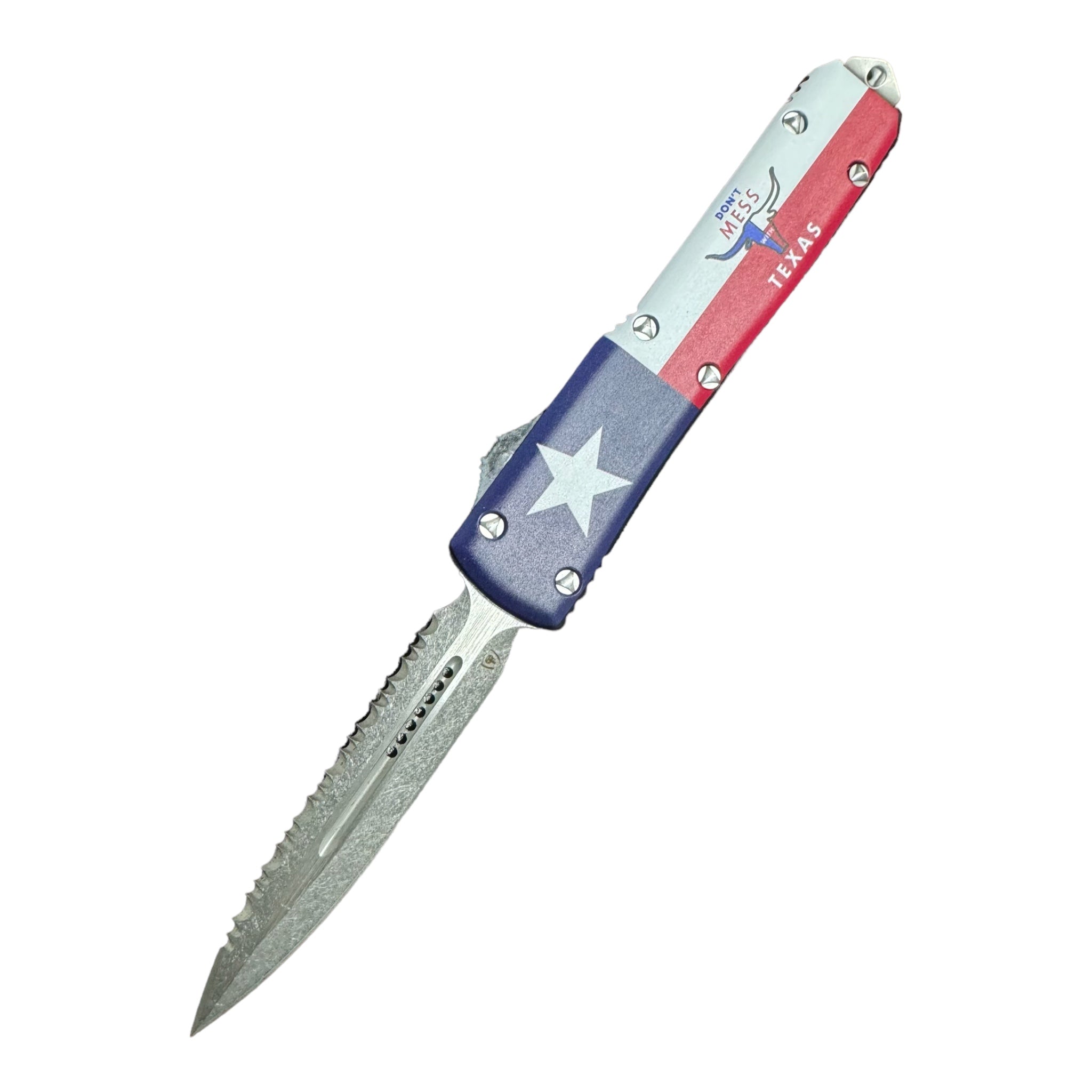 TEXAS COLLECTION
TEXAS COLLECTION STRYKER V2
STRYKER V2 STRYKER V1
STRYKER V1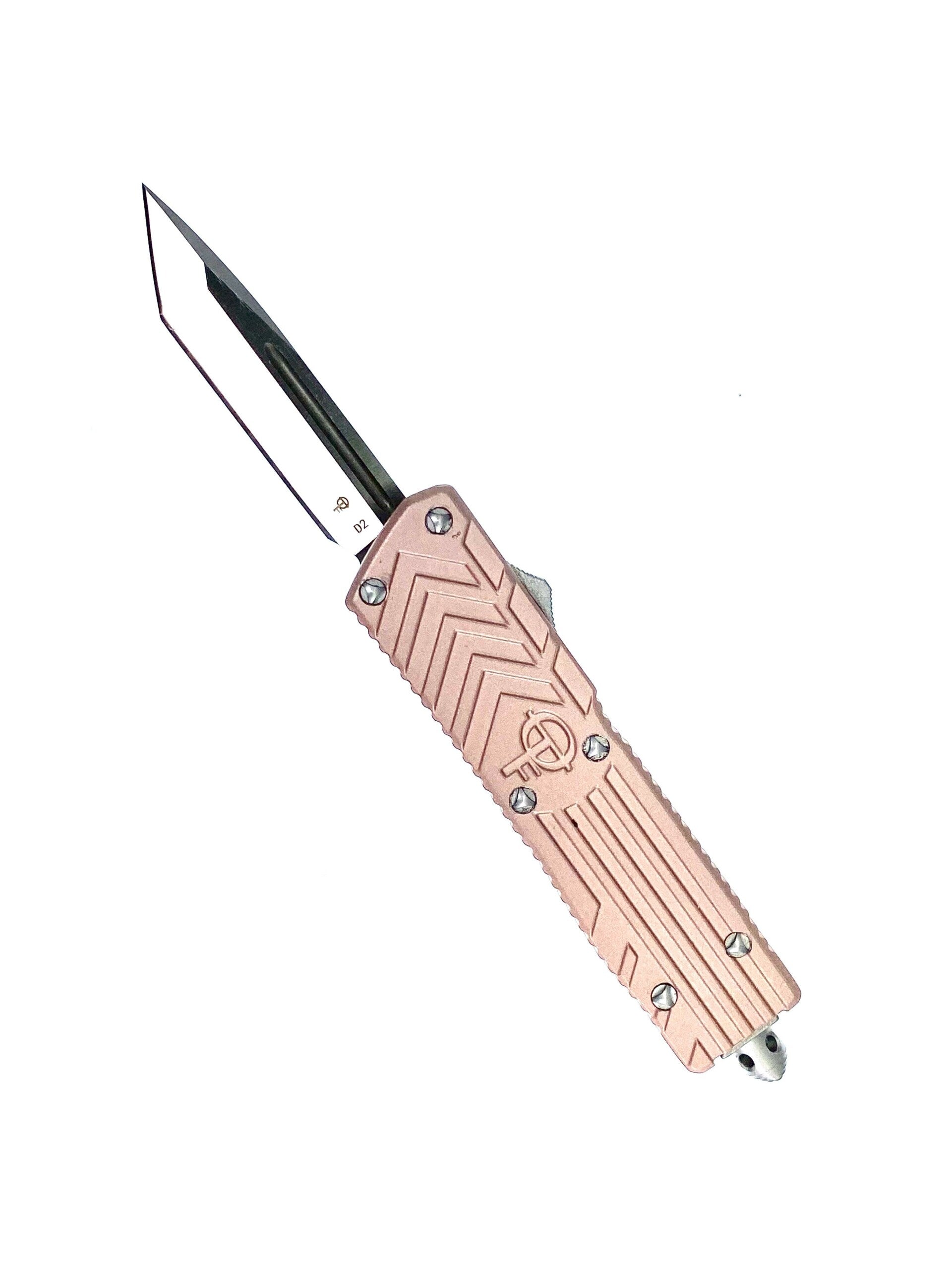 STRIKE FORCE GEN4
STRIKE FORCE GEN4 STRIKE FORCE GEN3
STRIKE FORCE GEN3 STINGERS
STINGERS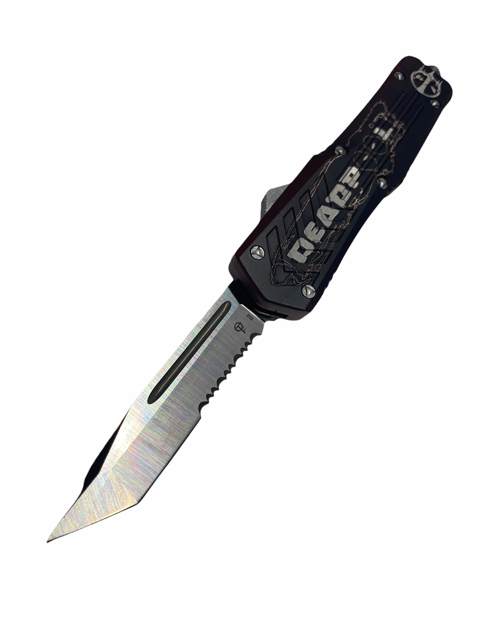 SPECIAL EDITIONS
SPECIAL EDITIONS SLIDEFIRE
SLIDEFIRE RANGERS
RANGERS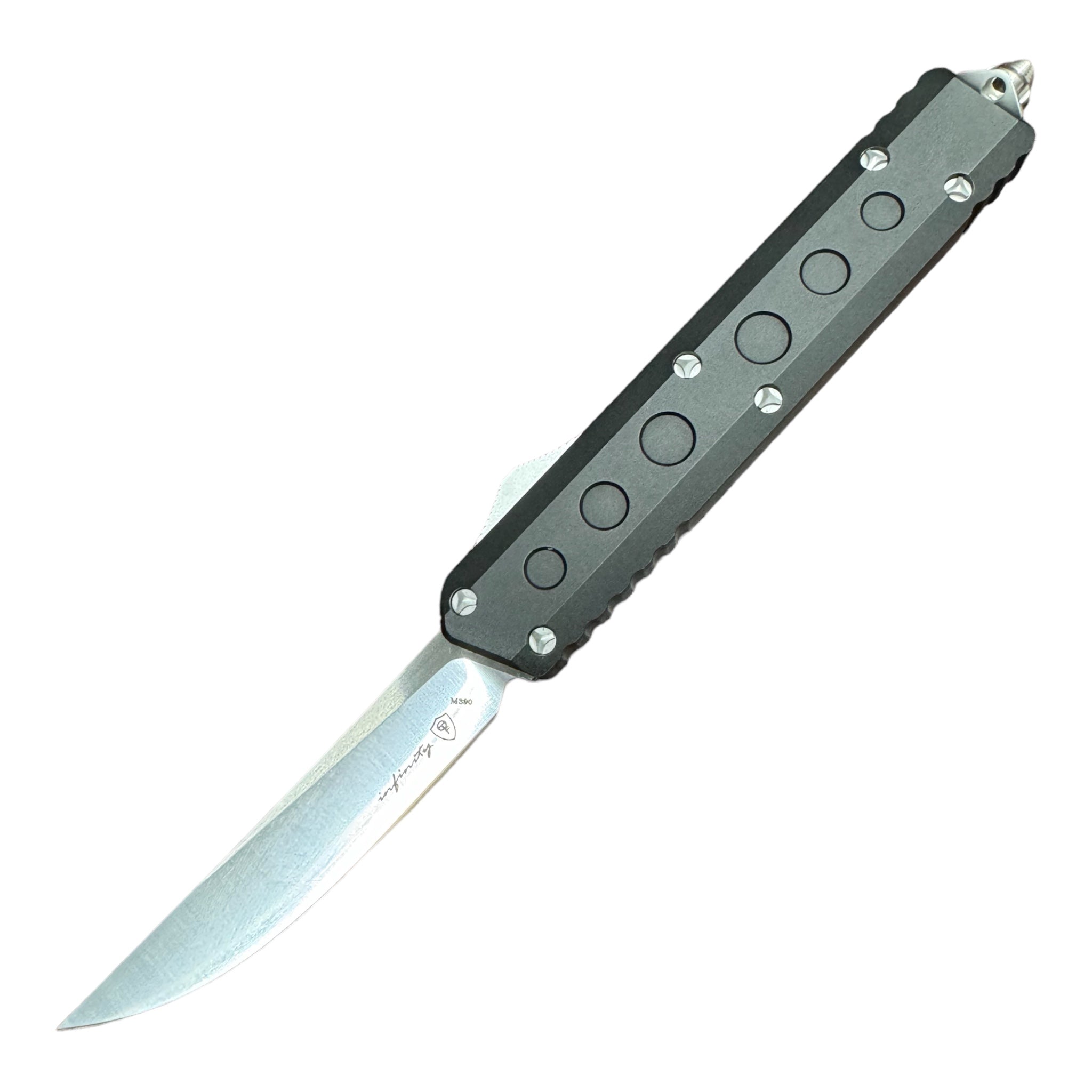 REAPER
REAPER MINI MICRO
MINI MICRO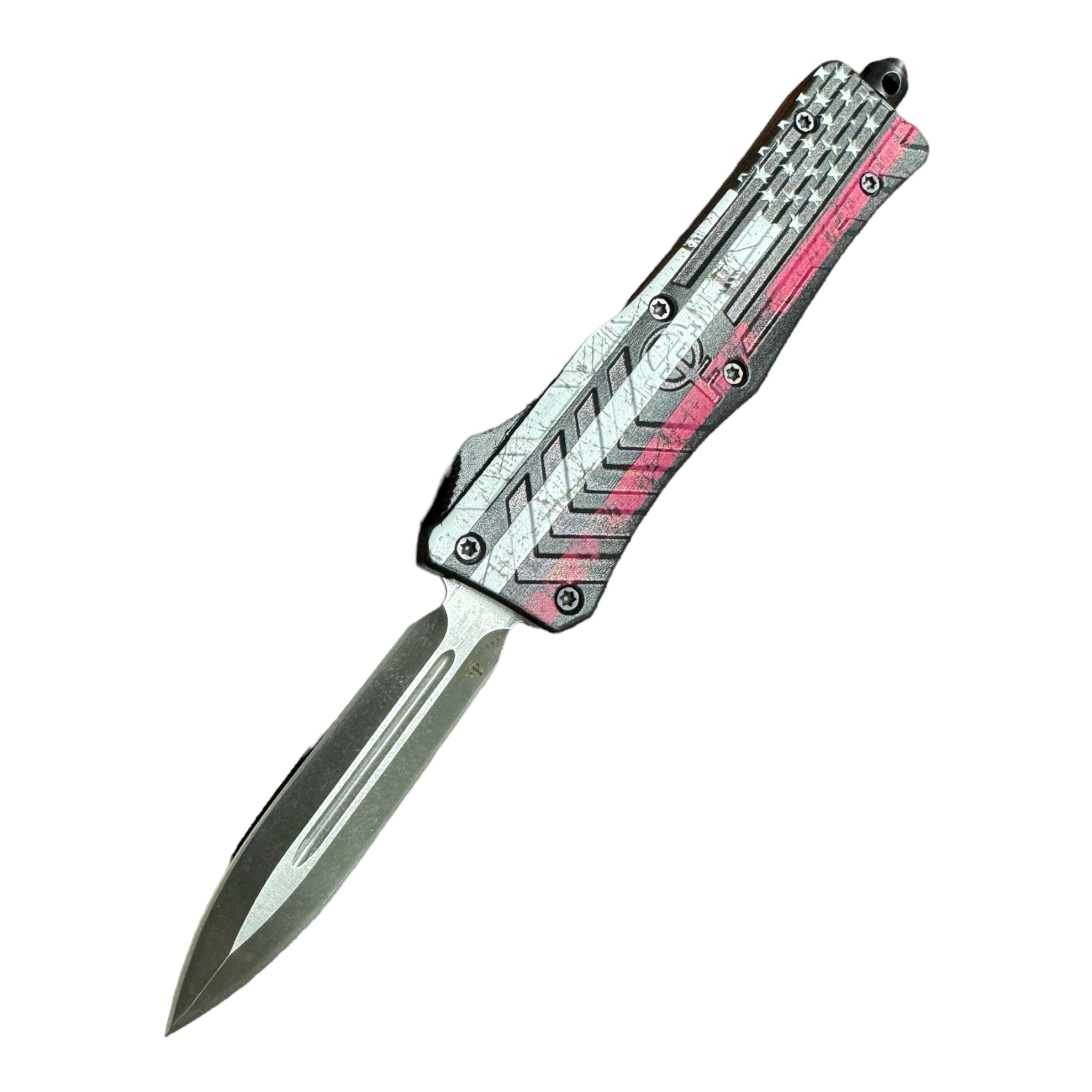 Redline | Blueline
Redline | Blueline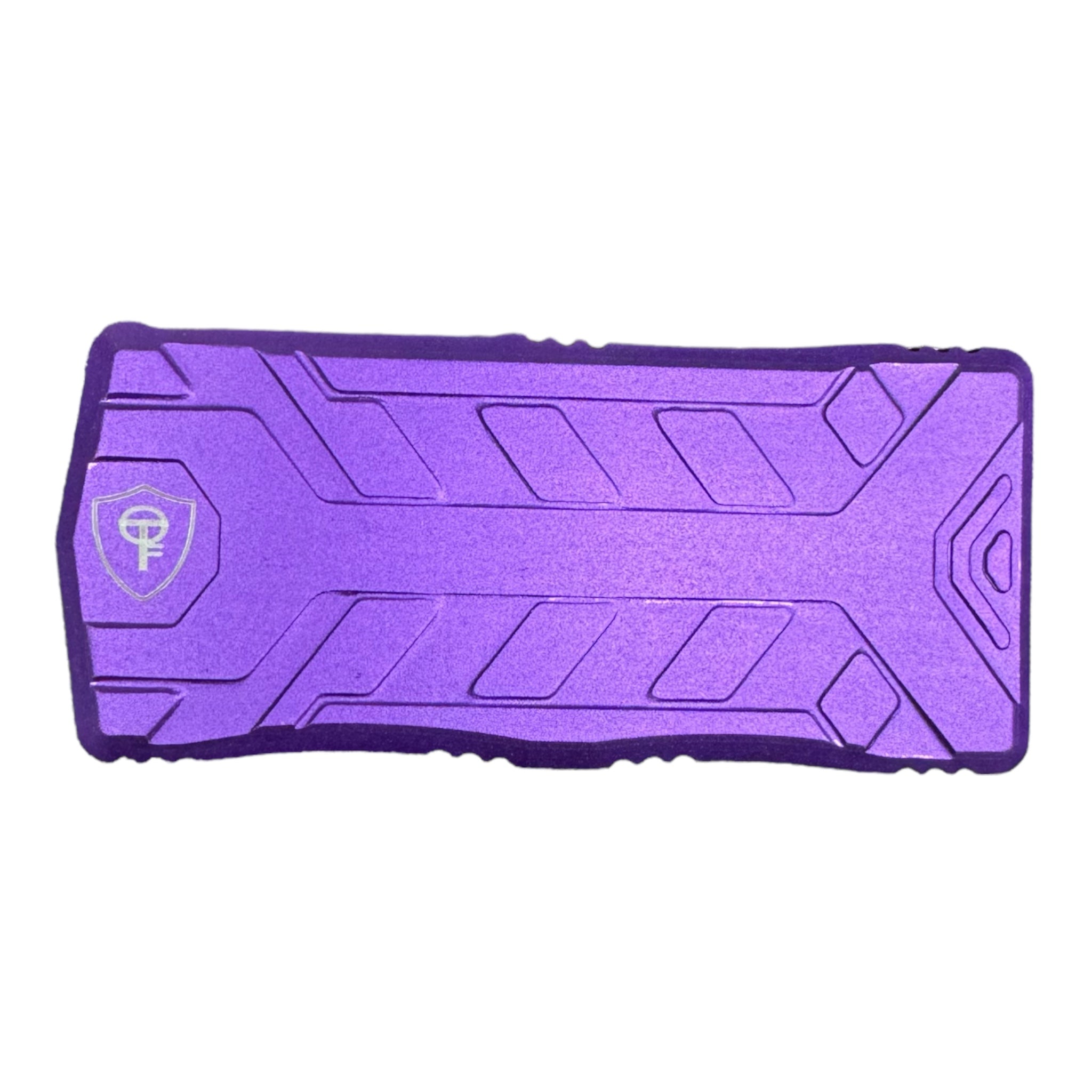 RAZOR
RAZOR PREDATOR
PREDATOR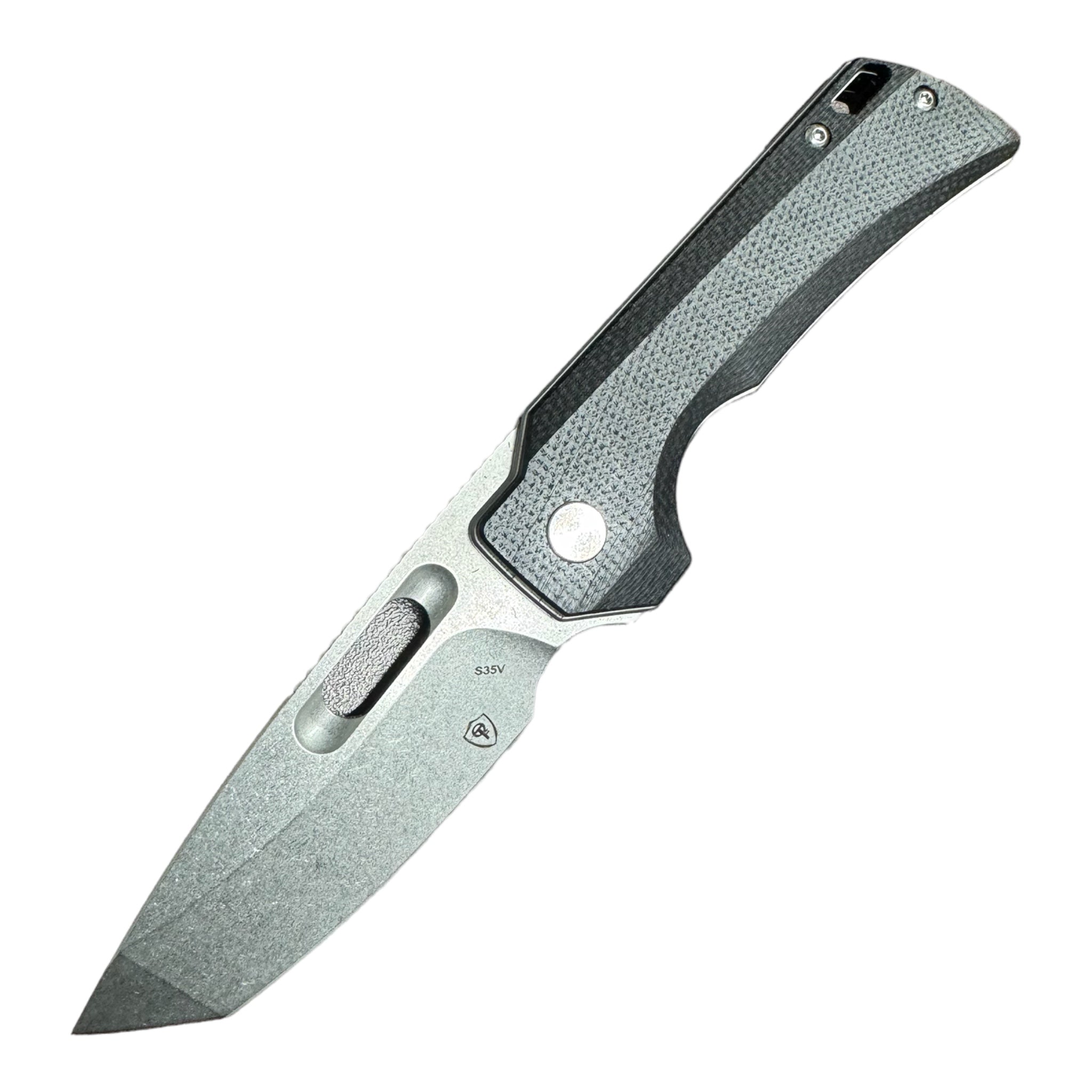 PREDATOR2
PREDATOR2 NOMADS
NOMADS NOMADICS
NOMADICS Mastodon
Mastodon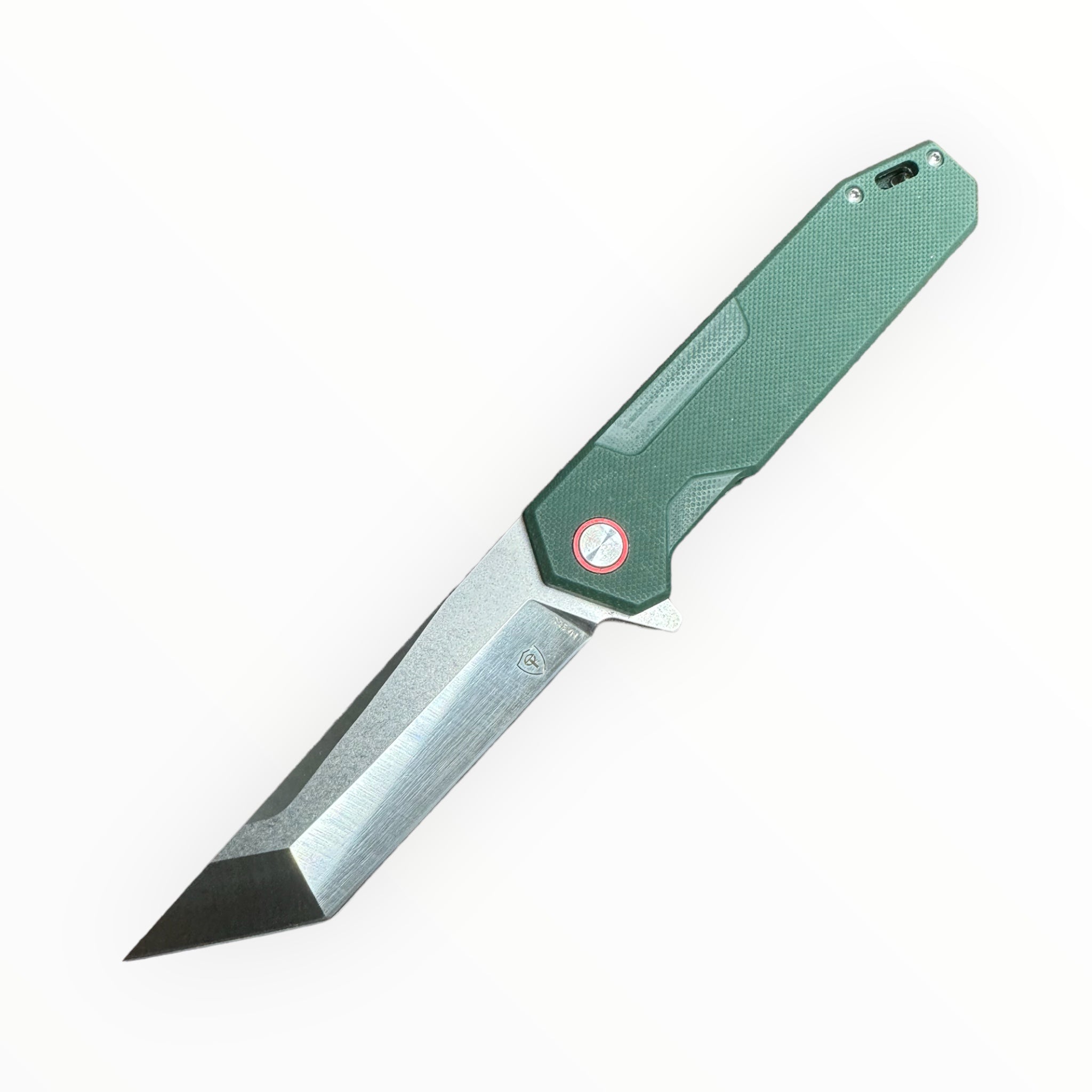 Terminator
Terminator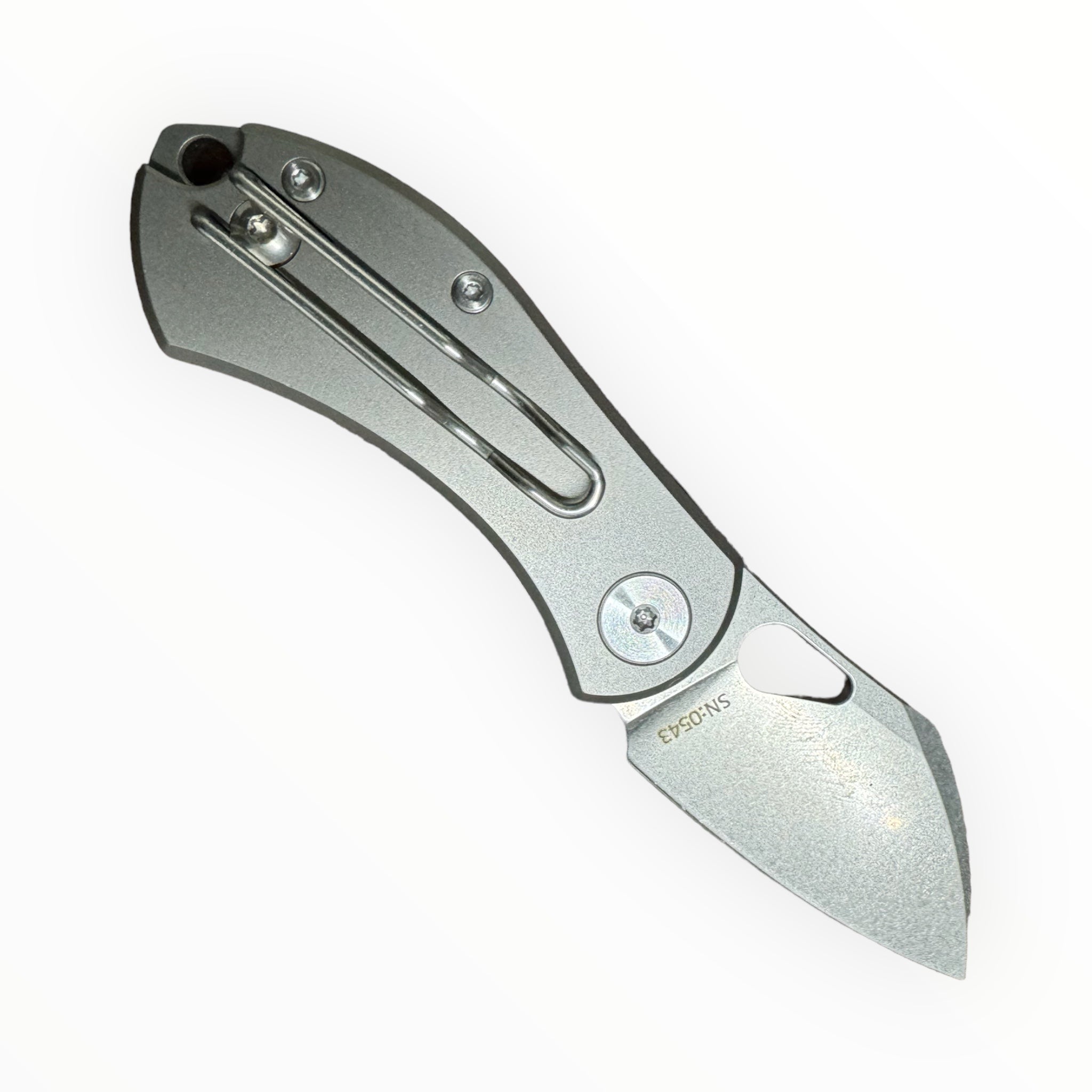 The MOUSE
The MOUSE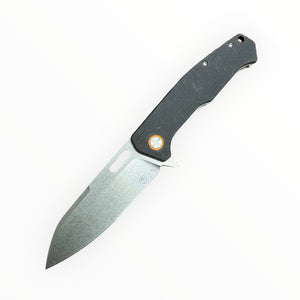 ORCA
ORCA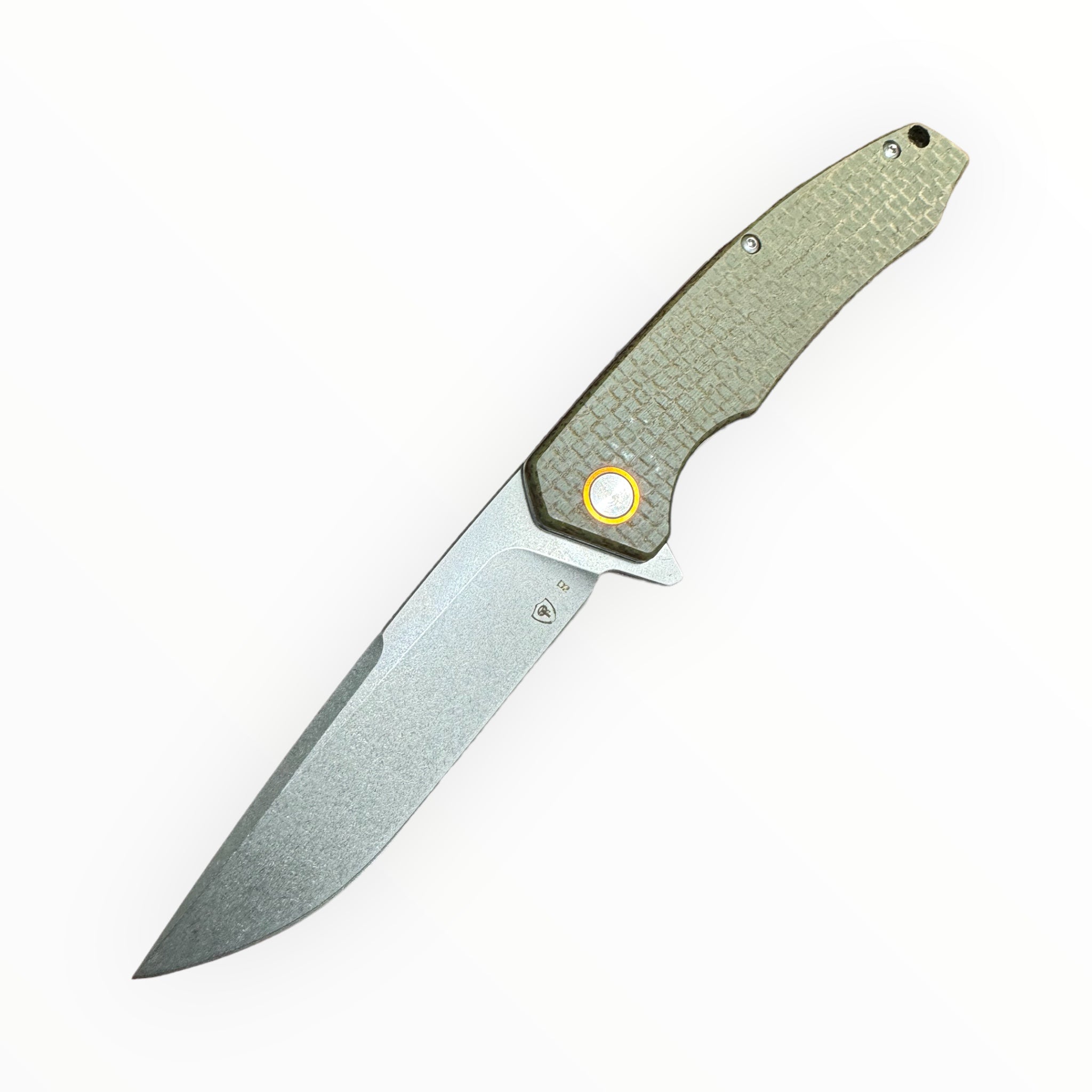 Eother
Eother Desert Shield
Desert Shield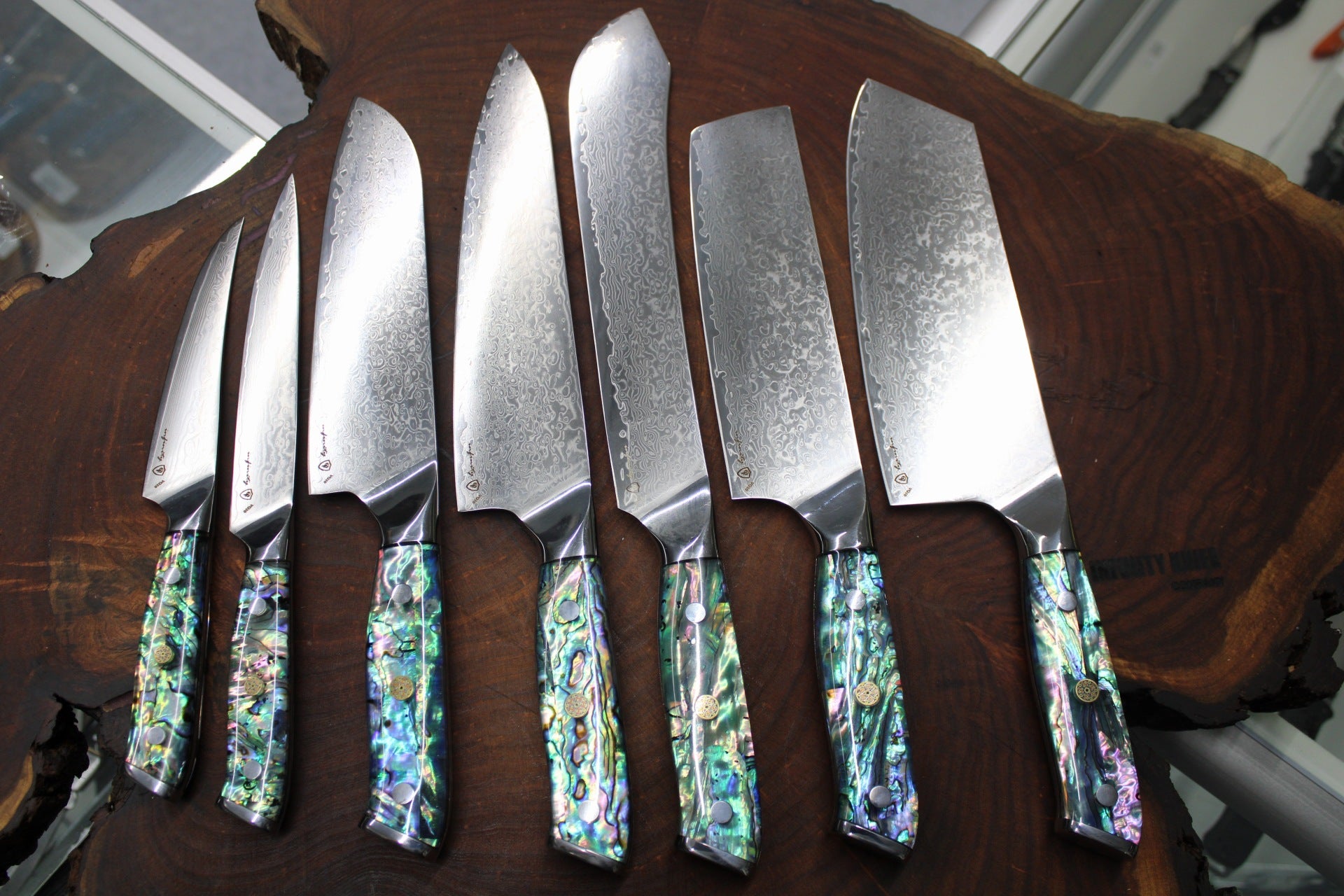 KITCHEN SETS
KITCHEN SETS CLEAVERS
CLEAVERS MINI CLEAVER
MINI CLEAVER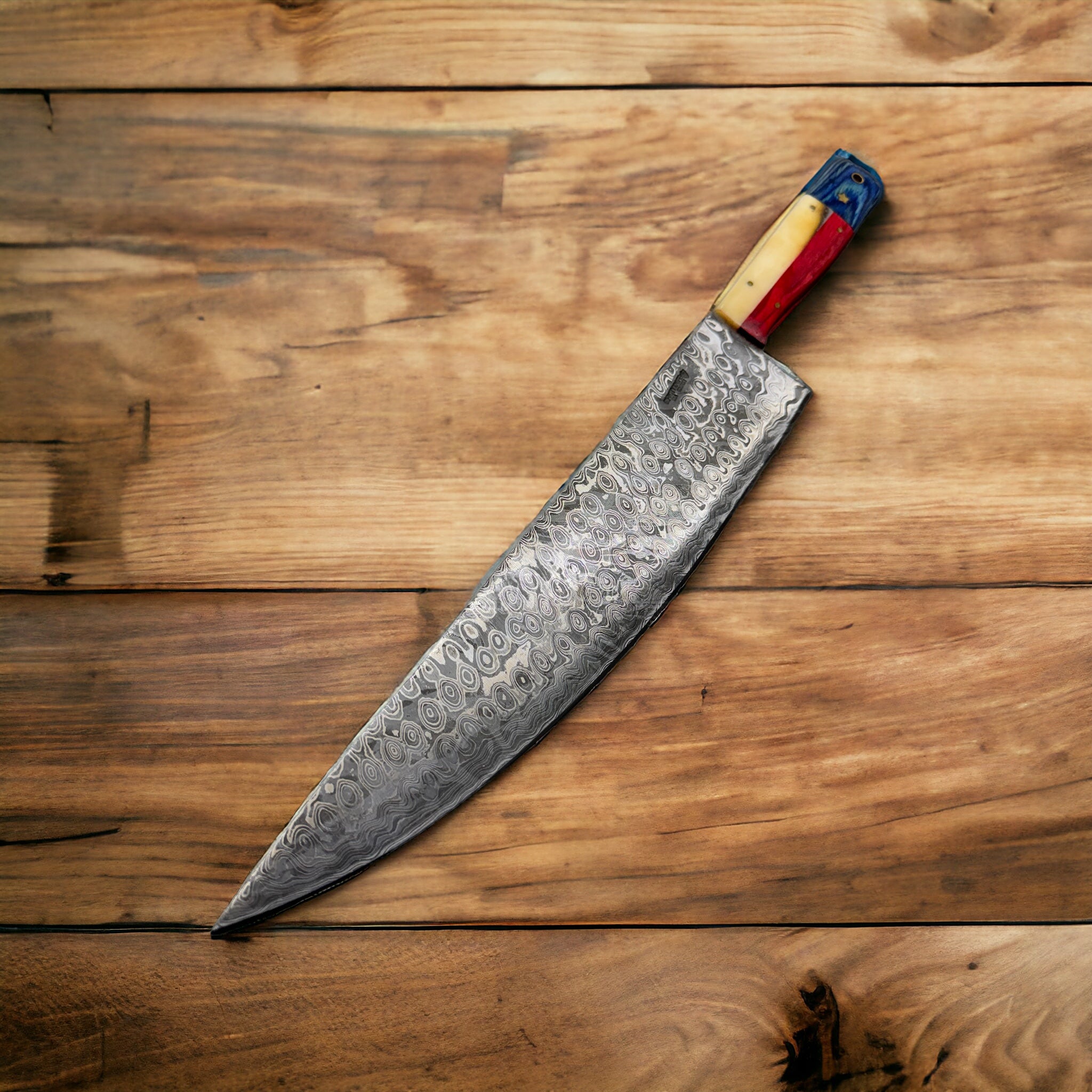 CHEF KNIFE
CHEF KNIFE FILLET KNIFE
FILLET KNIFE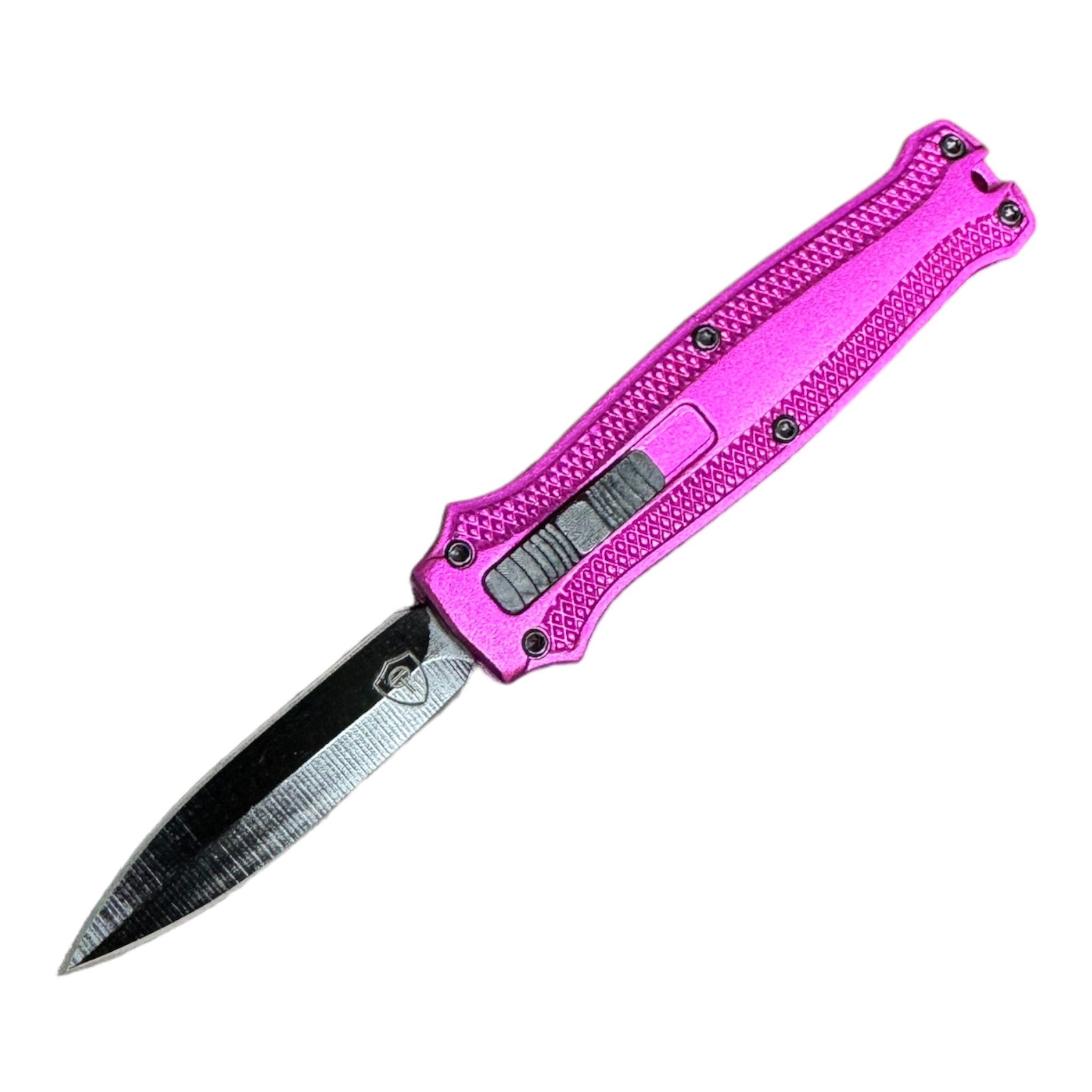 KNIVES UNDER $100
KNIVES UNDER $100 TEXAS CULINARY SET
TEXAS CULINARY SET TEXAS DAMASCUS
TEXAS DAMASCUS TEXAS D2
TEXAS D2 D2 FIXED BLADES
D2 FIXED BLADES DAMASCUS KNIVES
DAMASCUS KNIVES DAMASCUS ULU
DAMASCUS ULU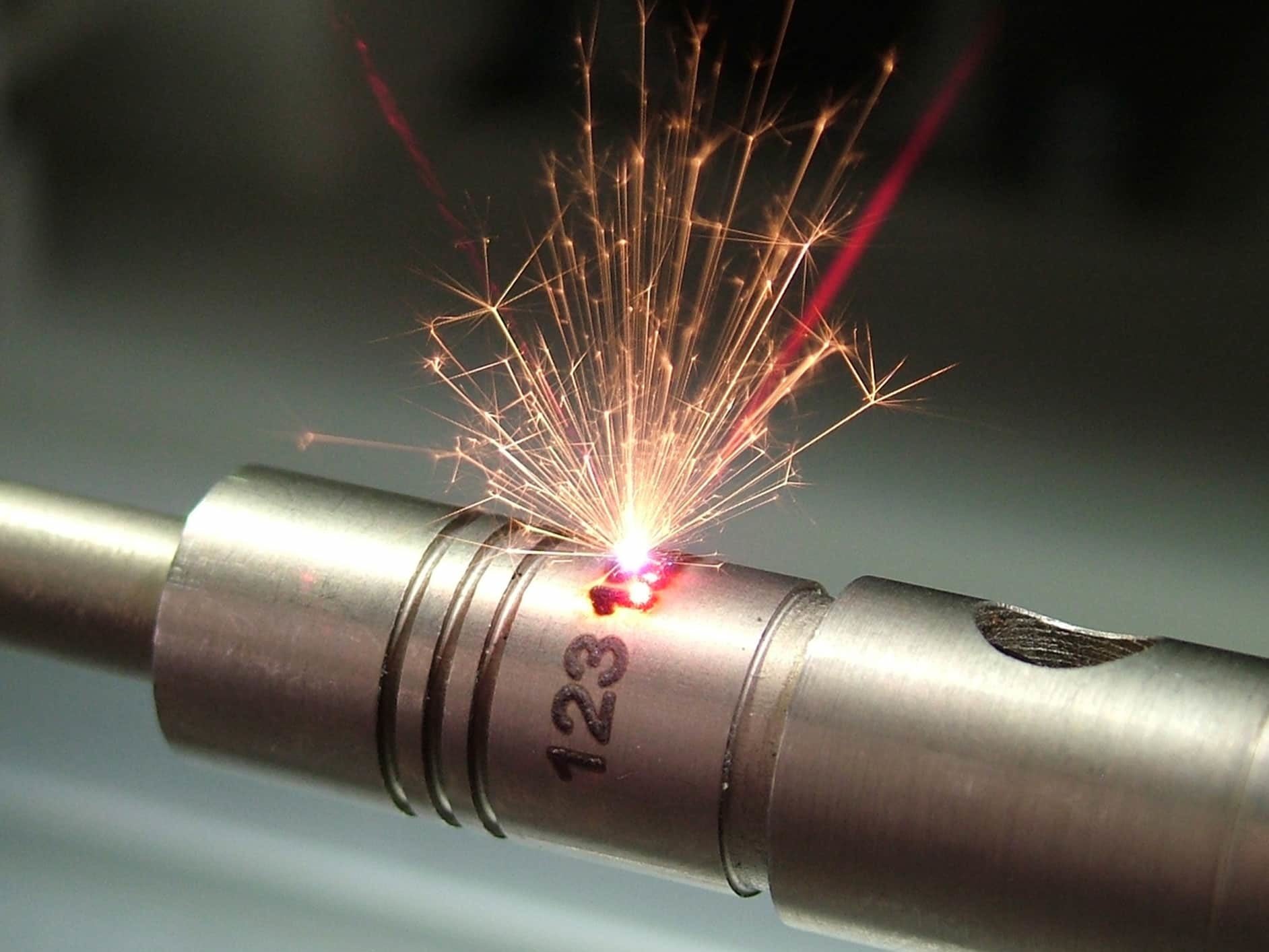 LASER ENGRAVING
LASER ENGRAVING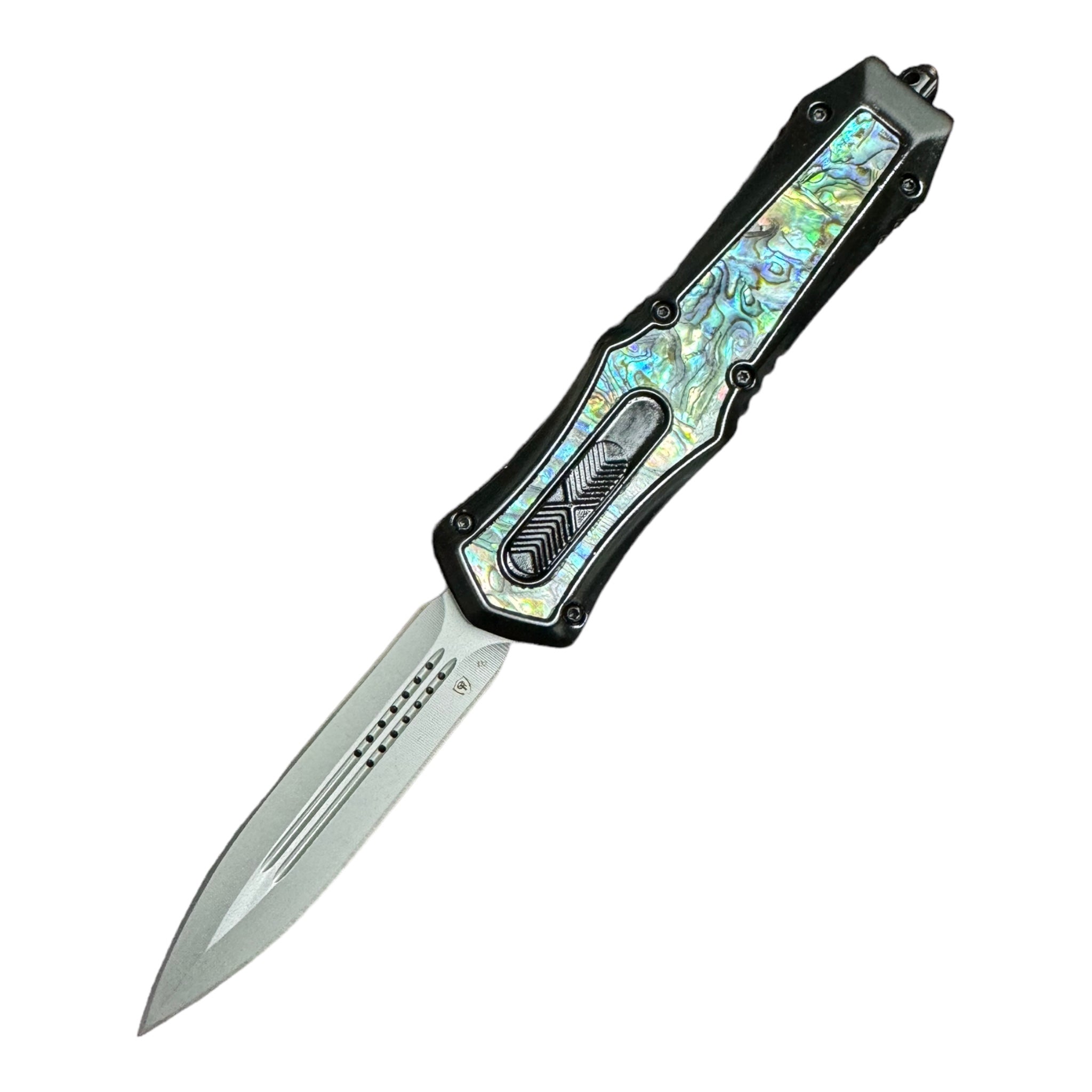 ALL TYPES KNIVES
ALL TYPES KNIVES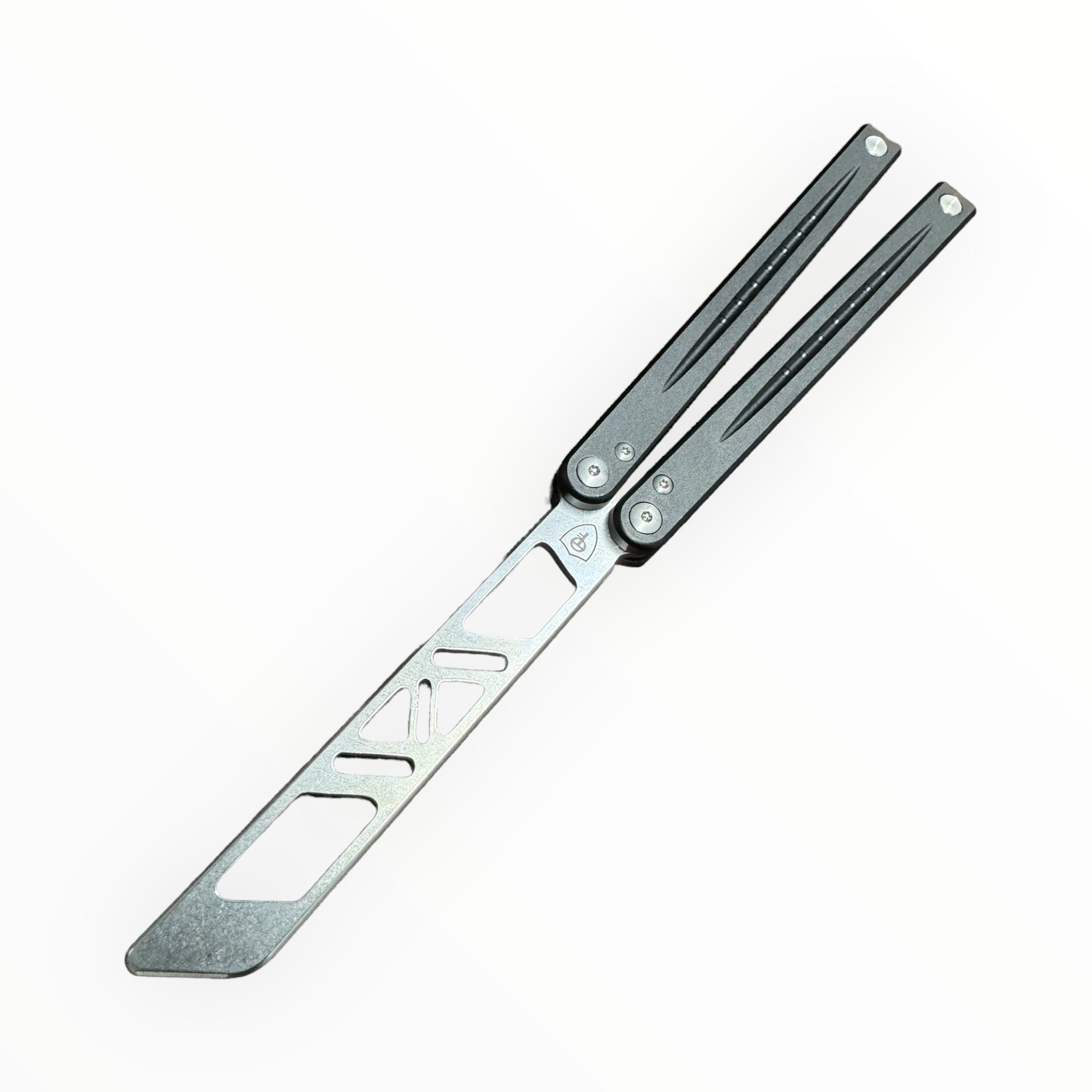 MONARCH BALISONG
MONARCH BALISONG BRISKET KNIFE D2
BRISKET KNIFE D2 DAMASCUS BRISKET KNIFE
DAMASCUS BRISKET KNIFE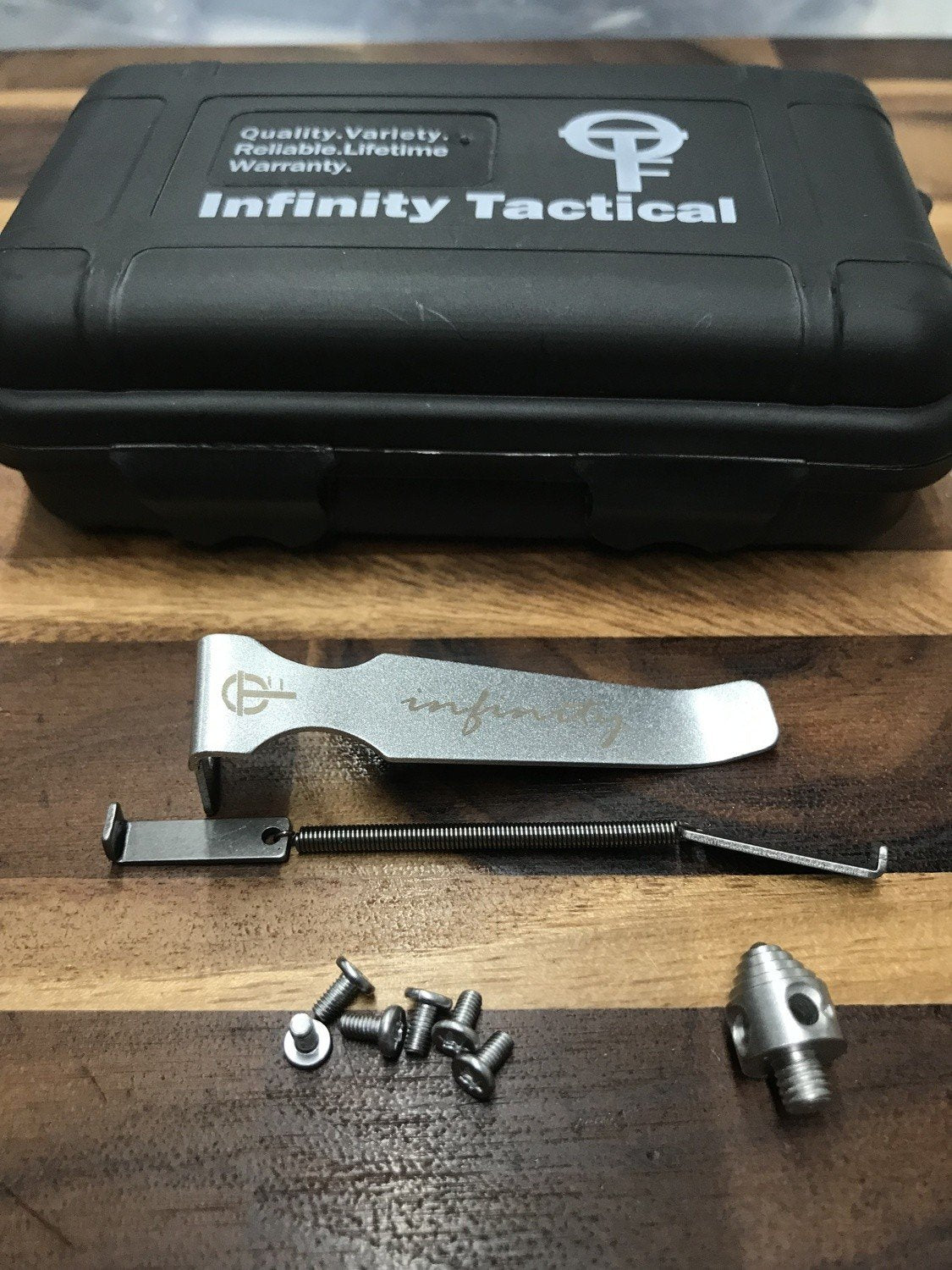 REPLACEMENT PARTS
REPLACEMENT PARTS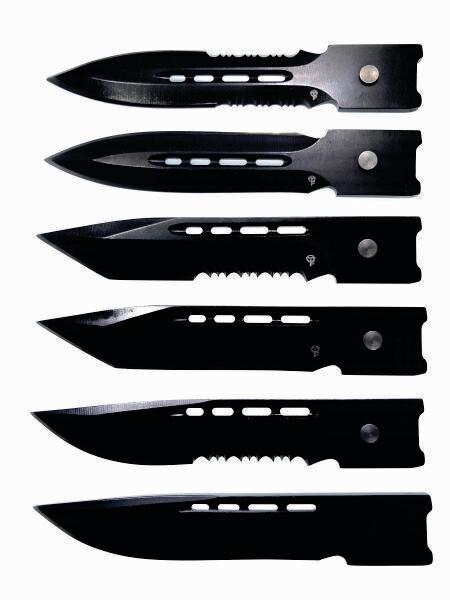 REPLACEMENT BLADES
REPLACEMENT BLADES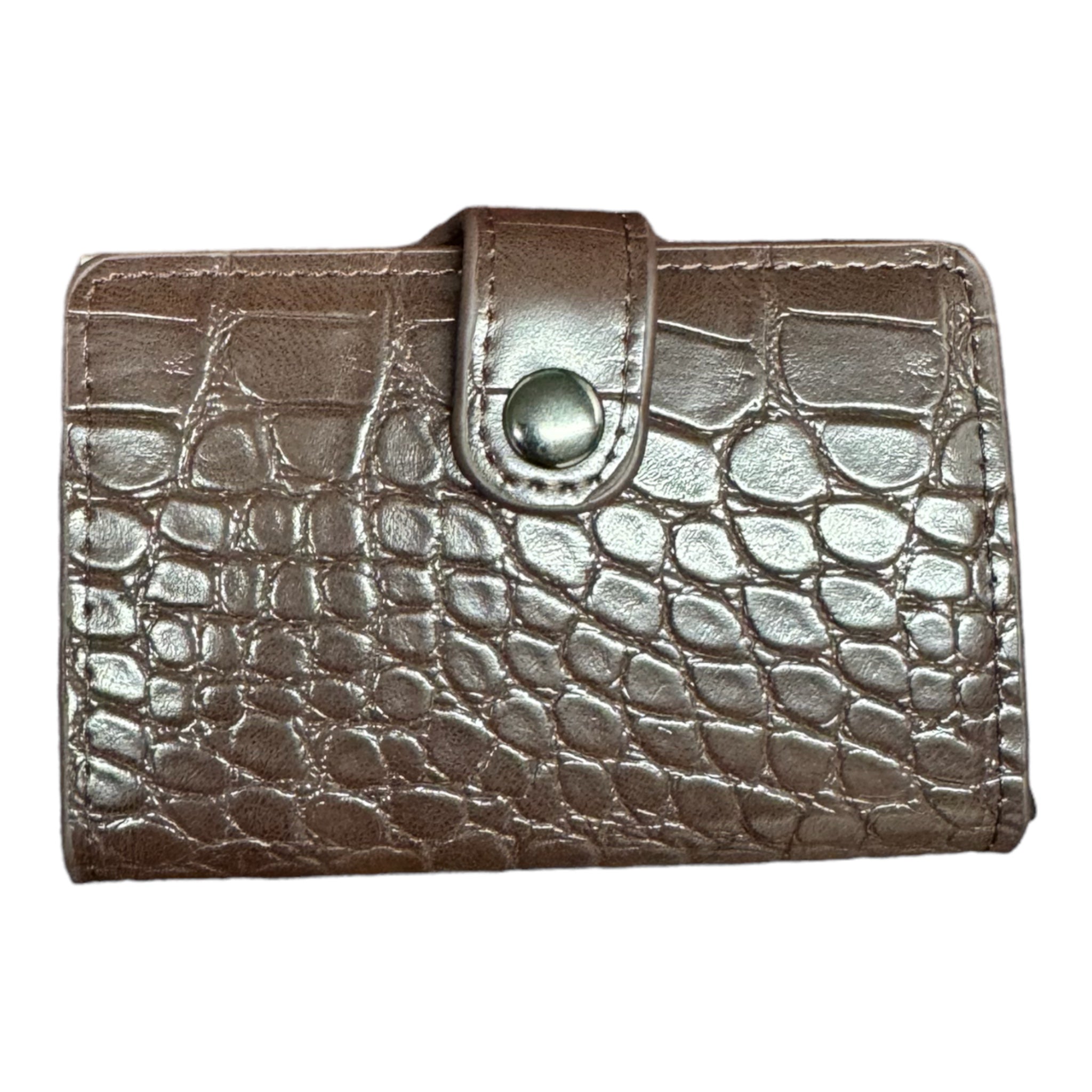 R.F.I.D. WALLET CARRIER
R.F.I.D. WALLET CARRIER RFID LEATHER WALLETS
RFID LEATHER WALLETS GATOR RFID WALLETS
GATOR RFID WALLETS